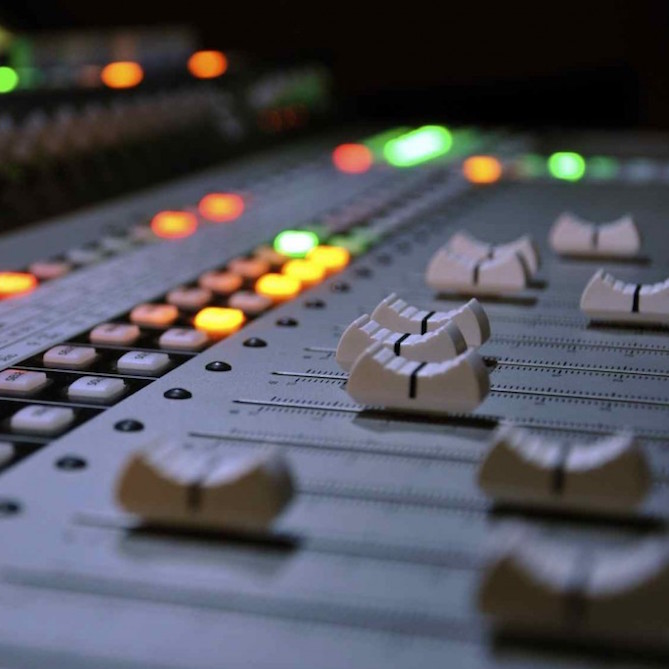
Sound Designer
Jeffrey Zeigler
As we continue our discussion about the various ways to integrate a sophisticated approach to sound design, there is one point that I would like to make before we get to far into the equipment nitty-gritty. That is of the need for your own sound designer.
I think that the person in this role has both the most important as well as the most unsung job in a given concert. Important because they have complete responsibility for how you actually will sound in the hall. You may play wonderfully, but it could all be for nothing if, for example, the sound person has set you up to sound brash and tinny. But I also say unsung because the audience will only see them as the person standing at the mixing board in the center rear of a dark hall. They don’t exactly get to take a bow at the end of the concert (although maybe they should!).
I find that most mid to major sized concert halls around the world will have somebody in house that handles the space’s sound needs. This may range from miking a public speaker or a jazz band to making sound recordings. Depending on your sound needs, you may or may not be able to get by using the person or people in house. Kronos, however, learned the hard way many years ago that it is probably best to use your own sound person.
There were a few incidents that led to their decision of hiring their own designer. But my favorite story actually occurred sometime in the late 80’s in Nebraska. This was the period of time when Steve Reich had just written Different Trains and Kronos was just beginning to open up the Pandora’s Box of sound design. At the time, the quartet had never traveled with their own sound equipment or sound person. In fact, just to put it into perspective, this was the era of the reel to reel tape! Since then, the quartet has performed Different Trains using cassette, DAT, CD, mini disk, and now running the software Ableton Live.
For those of you who are not familiar with the piece, Different Trains is a monumental work that is written for string quartet and a tape part that has spoken phrases that are mimicked by the players. I think it is one of the most beautiful and profound works of late 20th century chamber music.
Anyway, on this particular occasion, Kronos had the misfortune of some faulty in-house sound equipment. It was somewhere near the end of the second movement that the quartet realized that the pitch was moving flatter and flatter! Not able to stop, the quartet just made the adjustment and did their best to stay in tune with the ever-sinking track. They finished the piece somewhere a tone and a half south of where they were supposed to be!
But even more than that crazy instance, I think that this is a continuation of the point that I made in a previous post. One of the jobs of the sound designer is to maintain quality control. If you work with a different sound person in each hall, it will be impossible to maintain any consistency of sound quality.
Again, I think that every performer has to take into consideration their own individual sound needs. Naturally, hiring a sound person to work all of your concerts adds a major expense. However, if you feel that you are able to maintain a consistency of sound using your equipment without worrying about added personnel, then I would say that you are making the right choice for you. The quality and consistency of your performances is the decider of which course of action works best for you.
Subjects: Technology
